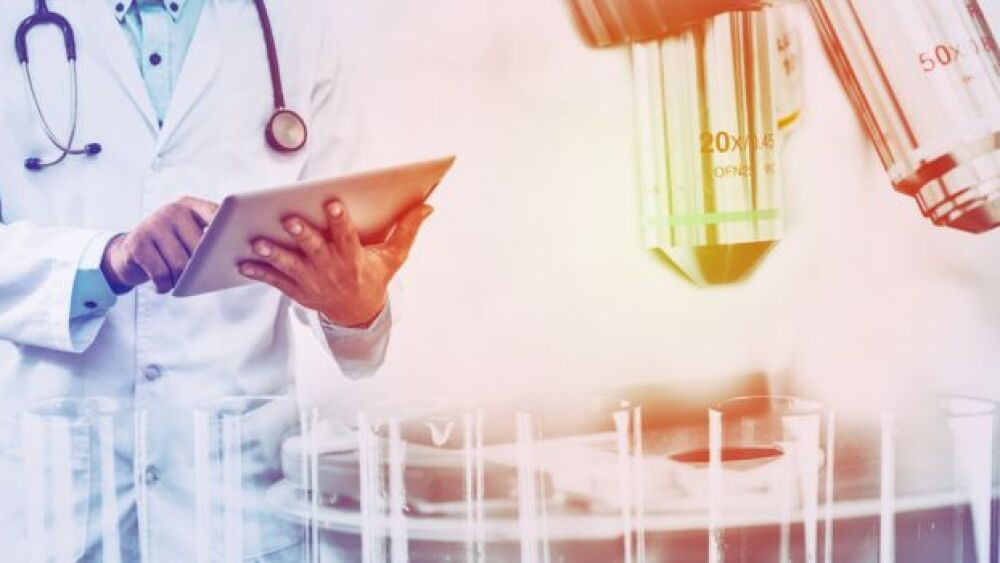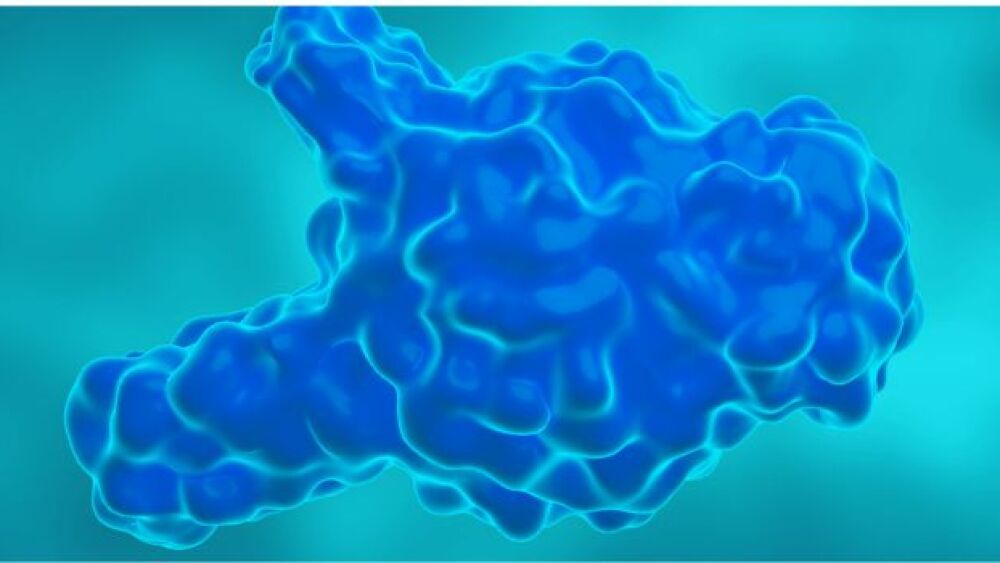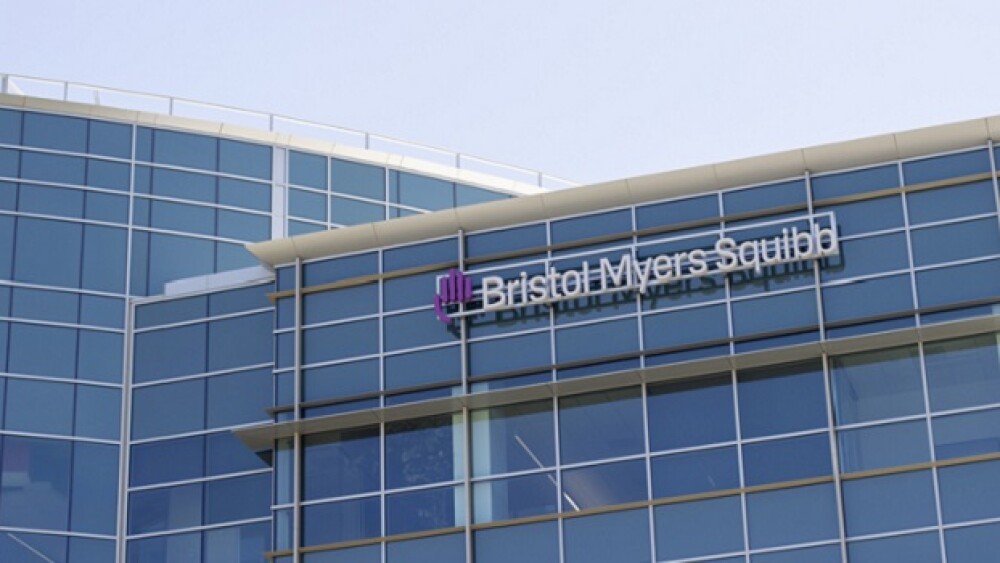SUNNYVALE, Calif., July 7 /PRNewswire/ -- Revivant Corporation today announced that it has ended the June quarter of 2004 with 25 new customers purchasing AutoPulse(TM) Resuscitation Systems during the quarter. The AutoPulse is an innovative, non-invasive CPR device that performs automated and consistent chest compressions to improve coronary and cerebral blood flow during cardiac arrest.
With the push of a button, the AutoPulse begins compressions to enhance blood flow to the heart and brain. The quickly deployed, portable AutoPulse consists of a hard plastic half-backboard that houses a battery, motor, control electronics and software. It delivers chest compressions via the LifeBand(TM) chest pad, which is wrapped around the patient's chest and connected to the backboard. Chest compressions are delivered continuously, with a periodic pause to allow for the delivery of ventilation. The AutoPulse, marketed in the U.S. and currently used by emergency medical personnel nationwide, has already contributed to the survival of cardiac arrest patients across the U.S.
"We are extremely pleased with customer acceptance of the AutoPulse. Our 25 new customers in the June quarter join the 27 EMS services and hospitals that purchased systems in the prior 2 quarters after product launch in late 2003," said Ken Ludlum, President & CEO of Revivant Corporation. "Many customers have placed additional orders after their initial purchase, and several have purchased more than 10 units for their organizations. As a result, we are now back ordered but should work our way back to shipping upon order in the near future."
"If someone were to call me and ask about the AutoPulse, I would say it's a worthwhile device that is going to revolutionize the way we treat cardiac arrest patients and it's going to improve the rate of saves," said Mike Poniatowski, Director of Operations for EVAC Ambulance Service in Volusia County, Florida. "Everything we do right now is based on our two hands and manual CPR. But with circulatory rates and the perfusions that the AutoPulse delivers, we will change everything we do when we treat cardiac arrest patients. We'll rewrite the book on resuscitation. I firmly believe that. I've been a paramedic for over 20 years and I've never seen a device that does what the AutoPulse does."
"The AutoPulse device I believe enhances circulation in a superior fashion compared to bystander CPR," said Dr. Arthur Chin of St. Francis Hospital (San Francisco, CA), attending cardiologist for an AutoPulse survivor that had continued AutoPulse circulation during at least 30 minutes of treatment by medics and hospital staff, and eventually regained a stable perfusing rhythm. "In other words, it provides more of an artificial blood pressure, if you will. I believe the AutoPulse provided enough circulation to the brain and heart to maintain biologic functions during the time (the survivor) was being resuscitated. (The survivor) has completely recovered neurologically and I'm very grateful and credit the AutoPulse for playing a large part in that."
About the AutoPulse
Animal studies have shown that the AutoPulse can deliver 100 percent of normal circulatory flow to critical organs such as the heart and brain, within minutes of initiating its use. This compares very favorably to manual CPR. The best manual CPR typically delivers 10-20 percent of normal circulatory flow to the heart and 30-40 percent to the brain, even when performed by trained medical professionals. In addition, manual CPR suffers from the inconsistency of the technique from person to person, its fatiguing nature which affects compression consistency and rate, and the difficulty in delivering the proper depth of chest compressions to a wide anatomical range of cardiac arrest victims. Also, it is difficult to deliver CPR during transportation in an ambulance. The AutoPulse overcomes all of these limitations of manual CPR.
Battalion Chief Helen Ortega of Collier County EMS in Naples, FL, which recently purchased five units, says of the AutoPulse, "We have even had successful resuscitations from asystole (flatline) and pulseless electrical activity (PEA). My medics are amazed to see near-normal end-tidal CO2 readings in the 30s to mid-40s [mm Hg] and the spontaneous return of circulation we have witnessed so far. I am a firm advocate for this device."
The AutoPulse was launched in late 2003. The initial target markets are emergency medical services, fire departments, ambulance services and hospitals. Users include trained medical professionals such as paramedics, EMTs (emergency medical technicians), firefighters and hospital personnel in various departments, primarily emergency rooms and intensive care units.
About Sudden Cardiac Arrest
Sudden Cardiac Arrest (SCA) occurs in over 450,000 people in the United States each year. SCA is the sudden loss of cardiac mechanical activity, resulting in a lack of circulatory flow, palpable pulse and cessation of breathing. Despite the extensive adoption and use of defibrillators by trained medical personnel and bystanders (via the use of public access defibrillators), the national survival rate for out-of-hospital arrest is still only a little over 5 percent. One factor associated with this poor survival rate is that a majority of cardiac arrest patients do not present with a cardiac rhythm that is treatable with a defibrillator shock. The only therapy indicated for these "non-shockable" cardiac arrest patients is CPR, combined with drug therapy, which are usually delivered together. The AutoPulse facilitates the delivery of CPR by providing high quality, consistent and effective chest compressions. This results in improved circulatory flow.
About Revivant
Revivant Corporation is a privately held company founded in 1997 that has invested $26M over six years to develop the AutoPulse. The AutoPulse technology originated with Fogarty Research in Portola Valley, California, a medical device research organization headed by Dr. Thomas J. Fogarty, the Stanford University professor, cardiovascular surgeon, inventor and entrepreneur. Dr. Fogarty remains a member of the Board of Directors of Revivant. Revivant is a privately held company that is 15 percent owned by ZOLL Medical Corporation.
For more information visit the Company's website at http://www.revivant.com/. Contact: Ken Ludlum Lisa Waters Revivant Corporation Edelman PR 408-524-3500 x304 323-202-1051 323-365-3782
Revivant CorporationCONTACT: Ken Ludlum of Revivant Corporation, +1-408-524-3500, ext. 304;or Lisa Waters of Edelman PR, +1-323-202-1051, or +1-323-365-3782, forRevivant Corporation
Web site: http://www.revivant.com/




